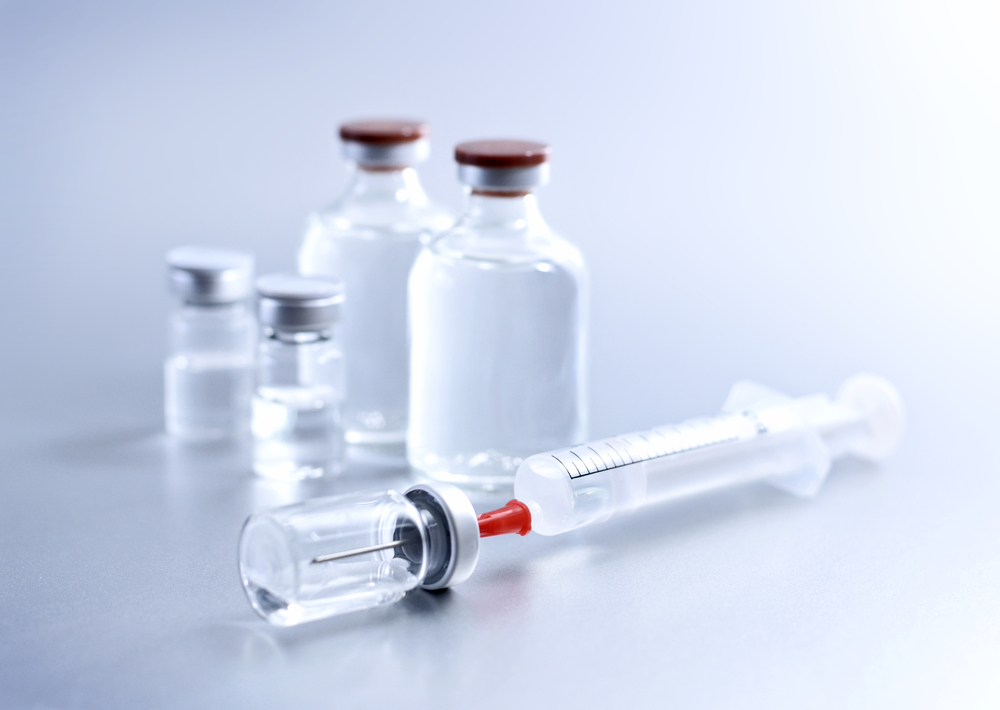Rituxan Controls Disease Activity, Reduces Corticosteroid Use in Lupus Patients, Study Finds
Written by |

Adding Rituxan (rituximab) to maintenance therapy with immunosuppressants and corticosteroids may help patients control their systemic lupus erythematosus (SLE), a new Japanese study suggests.
The study, “Efficacy and safety of anti-CD20 antibody rituximab for patients with refractory systemic lupus erythematosus,” conducted in a small group of Japanese patients, was published in the journal Lupus.
Rituxan is an antibody that targets the CD20 protein, which is expressed in B-cells — cells of the immune system that are responsible for antibody production, among other things.
While observational and open-label clinical trials reported a positive effect of Rituxan in SLE patients, two large Phase 3 trials — the EXPLORER (NCT00137969) and LUNAR (NCT00282347) studies — failed to demonstrate Rituxan’s superiority over placebo.
Still, more lupus patients in the Rituxan arms of the two Phase 3 trials “achieved remission and showed serologic improvement in serum complement levels and reduced anti-double-stranded DNA (anti-dsDNA) antibody levels than placebo,” researchers wrote.
Rituxan has not yet been approved by the U.S. Food and Drug Administration (FDA) or the European Medicines Agency (EMA) for the treatment of SLE patients. However, guidelines from the American College of Rheumatology (ACR) and European League Against Rheumatism (EULAR) recommend Rituxan for patients who fail to respond to conventional immunosuppressive therapy.
In this retrospective analysis, researchers aimed to study the effects of Rituxan in these SLE patients. The analysis included 63 Japanese patients who had failed to respond to established SLE therapies, including high-dose corticosteroids and immunosuppressants. Among them, 26 patients had active neuropsychiatric SLE and 38 had active lupus nephritis.
One year after Rituxan treatment, researchers examined the percentage of patients who had achieved at least a partial clinical response — the study’s primary endpoint. Secondary measures included the reduction in corticosteroid dosage, changes in serum markers, and an improvement in neuropsychiatric SLE and lupus nephritis. Safety was also assessed.
After one year, 85% of patients had reached the study’s primary endpoint, including 25% with partial responses and 60% with major clinical responses.
Most major clinical responses were seen in the high-dose group — those taking 4,000 mg — despite the great variability of their clinical backgrounds.
The effects of Rituxan were also seen in long-term use. Five years after receiving the treatment, 20 of 34 patients (58.8%) were still seen as having a major or a partial clinical response. Also, five of these patients had stopped taking corticosteroids.
In total, 20 serious adverse events were observed in the first year after Rituxan therapy.
“The results of the present study demonstrated that rituximab is effective in disease control and results in a reduction in corticosteroid dose in Japanese SLE patients,” researchers wrote.
“Rituximab is a potentially promising agent for patients with refractory SLE,” they added.




